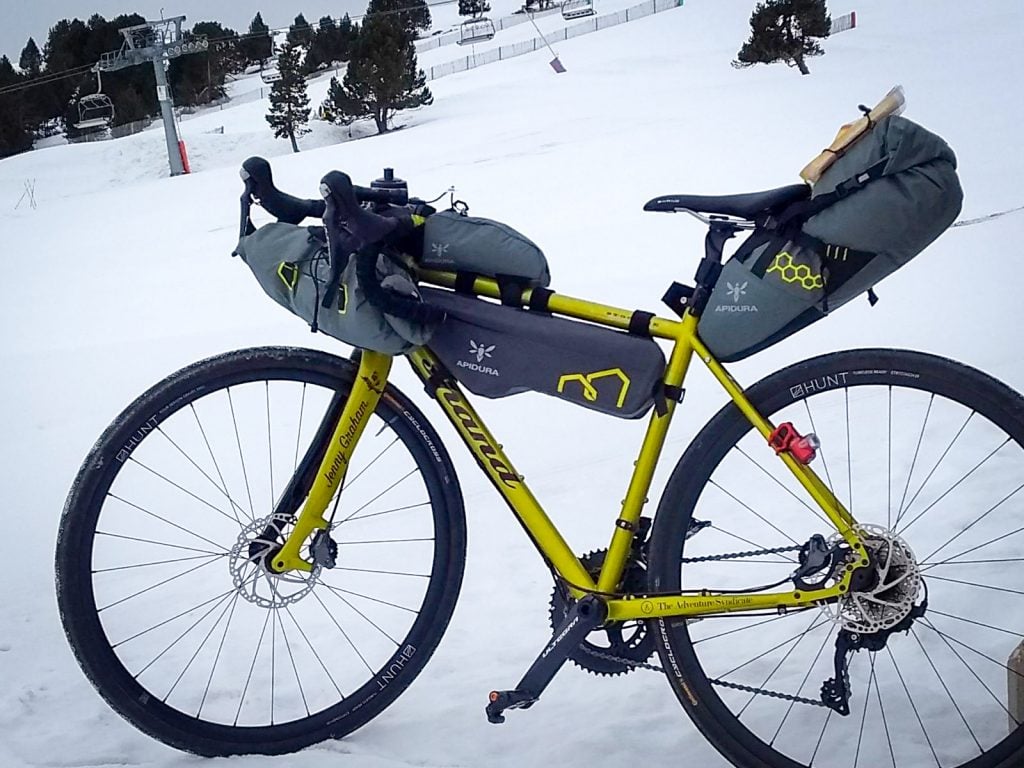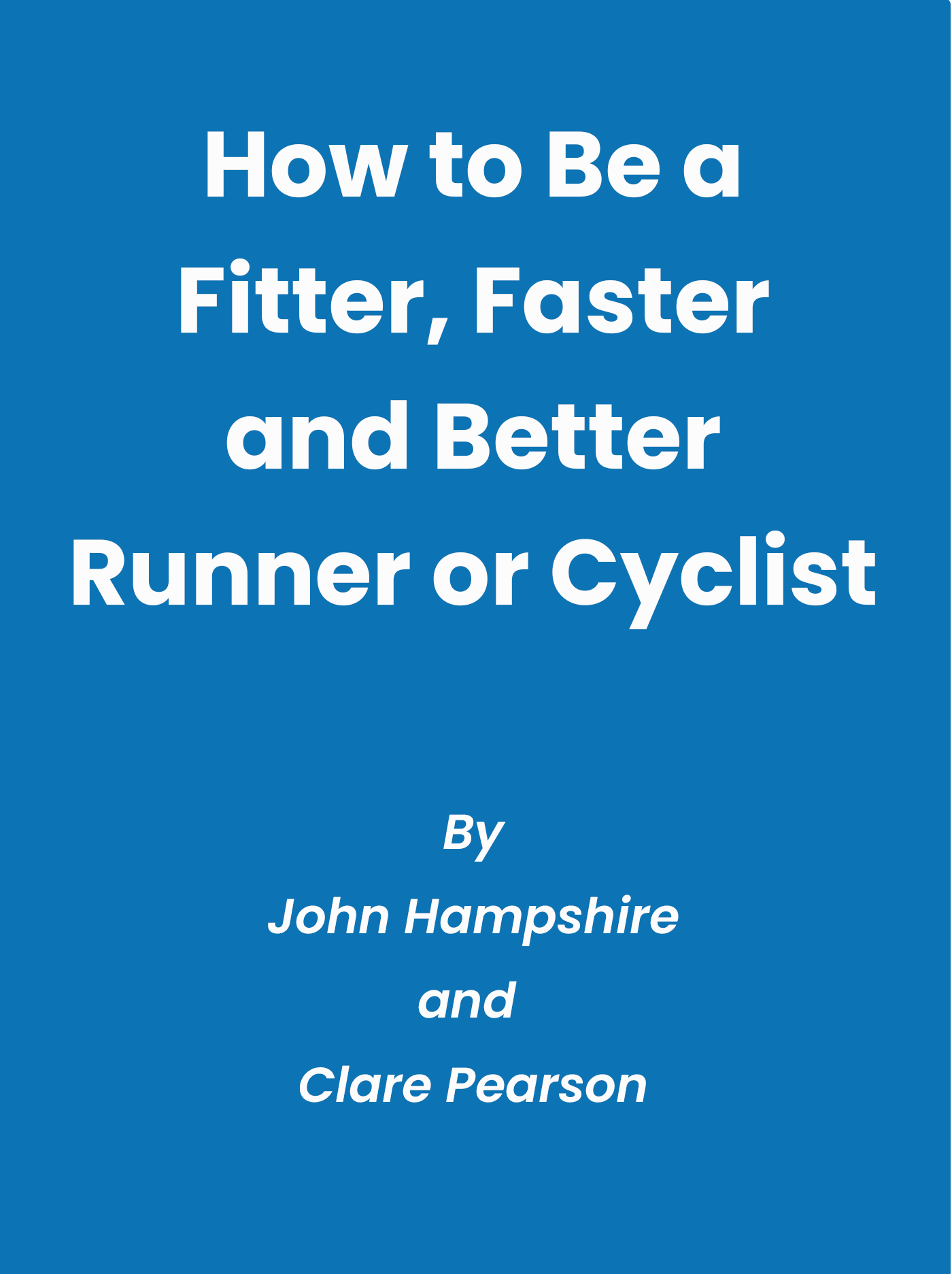How Much Training Should I Do For A Bikepacking Race?

Many of us question how much training we need to do to meet our goals. It is an interesting question, as is how much training is too much? I thought I would take some time to write down my thoughts and experience on the subject in the hope that it will help you towards your goals.
You should first focus how much training you can sustain now and then build up from there. The optimum amount of training at any time is a bit more than you are comfortable with but not enough to be overwhelming physically or mentally. Unfortunately, there is no absolute amount of training that you need to do, if someone tells you there is, you should be suspicious.
So, how much training should you do for a bike packing race or ultra-endurance event?
- Start with an amount that you can comfortably handle and build up from there;
- Build your longest ride, starting from a little more than you have done in the last 3 months and increase as your fitness develops;
- Your longest ride in your regular weekly schedule should build up to between 6 and 12 hours;
- Plan some extra long rides, maybe once per month where you push the limits up to 2 days of more than 10 hours each day;
- Include sparing amounts of faster riding and interval workouts when you have recovered from your long rides;
- The right amount of training makes you tired for a while after each harder or longer ride but you should recover in no more than 2 or 3 days;
- Look for signs of over training and if you see these symptoms do less or take a break until you feel better.
So you can see that it is a case of building up gradually and making your training individual to you.
Start with what you can comfortably handle
This is an important thing to remember and something that can lead to early problems and potentially complete failure of you training plan.
Be honest with yourself about what is a reasonable amount of training for your level of fitness. This isn’t how much training you would like to do, how much you think you should be able to do or how much you have done previously. Pushing too hard early on can lead to disaster and as a minimum is likely to hamper progress as you have to take time to recover before recommencing your training.
If you haven’t been doing much for a while, start with a few rides that you can easily manage and build up from there whilst monitoring how you feel as well as other metrics like resting heart rate, heart rate variability, weight, mood, etc. You can use rules of thumb like making sure you don’t build up by more than 10% each week and take an easier week every 3 or 4 weeks based on hours, kilometres.
Alternatively you can use metrics that are becoming increasingly popular such as Chronic Training Load, Acute Training Load and Training Stress Balance or the equivalents, that are now built into applications like TrainingPeaks, Strava, etc. Vendors such as Garmin, Suunto and Polar among others will make an estimate of how long you need to recover from given tracked workouts and it can be useful to see whether these guidelines work for you. They will work for some people but because they are based on a wide range of generic factors, be wary of paying too much attention to them until you have tested things out for yourself.
Build your longest ride
Again, start with something that is a bit further than your comfort zone at your current fitness level and build up from there. If you don’t know what you can handle, try for 4 hours and if you find that easy, do a bit more or try 6 hours next time. If you struggle to do 4 hours then stick with 4 hour rides until you can handle them comfortably and start to build up towards your goal.
Your longest ride in your regular weekly schedule should build up to between 6 and 12 hours
Because you need to do some faster riding to build your fitness and this is most effectively done when rested, it is best not to push your longer rides every weekend after you are able to do 8 hours or so comfortably. Stick with rides of 6 to 12 hours for your longer rides so that you can include some faster riding and interval workouts that will build your average speed and allow you to cover more distance each day. Save your super long rides for event practices that you can include every 3 or 4 weeks.
Plan some extra long rides
These rides are your event practice rides where you push yourself to ride longer and also test all your systems and strategies at the same time.
You should start these rides once you are able to ride for durations close to your planned event schedule. So if you are aiming for 12 hours of riding time per day, start these workouts once you can do around 10 hours in a day.
Plan a route, pack your bike and ride as you plan to in the event. Minimise stops and practice your resupply techniques. If possible, either ride the afternoon or evening before one long day or the morning after, and as you build your fitness you can do two long days in a row.
Pacing is really important for these rides, you should be aiming for the pace that you will ride in the event and therefore you should feel you can ride again the next day. If you are totally exhausted the day after, you went too fast and should either slow down or do a few more one day rides to build your stamina.
Include sparing amounts of faster riding
Bikepacking events are all about riding at your best sustainable average speed. By doing faster rides and interval workouts you can significantly improve your speed both at harder work rates and at your slower, sustainable event pace. For some details on interval training, you might like to read our article on interval training.
The right amount of training makes you tired but not exhausted
To get fitter and faster you need to work harder than you are used to working to provide a stimulus that your body will adapt to. If you stay within your comfort zone you are unlikely to progress as quickly as you could do by pushing a bit harder. This harder work should make you feel tired but not totally exhausted and you should be fully recovered after 2, or at most, 3 days of rest or easier riding.
Follow the hard/easy principle so that you have harder and/or longer rides where you push your body to gain fitness, interspersed by easier rides or periods of rest to let your body recover and adapt. It is during these recovery periods that your body adapts to the training and builds back a little bit stronger and fitter than it was. Remember this, if you skip the recovery periods your body won’t have the time it needs to adapt and you may just get more an more tired until you get ill and you are forced to rest. You can make yourself seriously ill by working too hard for too long, so be careful.
A good routine is to work on your endurance at the weekends, when you may have a bit more time available, and work on speed during the week when you may have less time and therefore a harder, shorter workout is easier to accommodate. This might go like longer rides on Saturday and Sunday with one or two harder rides during the week as well as some easier rides. I think working with a regular weekly schedule is best so that you can quickly learn what workouts make you tired and when you are usually recovered for harder workouts.
Look for signs of over training
As mentioned earlier, doing too much is bad and can make you very ill. It is always better to do a little bit less training than optimal than a little bit more so stay on the cautious side if you are unsure how much or how hard to push.
There are lots of articles on the web about over training syndrome and I suggest you read a few of them. Symptoms are varied but there are a few common ones to watch out for like
- feeling tired all the time,
- unusual mood swings,
- workouts feeling harder than they should be,
- finding it difficult to get heart rate up to target range,
- sleeping more than usual,
- finding it hard to sleep,
- being unusually irritable,
- etc.
It can be a good thing to involve family and friends to see if they spot changes that might be signs of over training. It is often others that spot changes we aren’t aware of but should take account of. Here is an article that we wrote about the signs of over training that you can read to learn more.
Related Questions
Can I build up my training faster if I am more experienced? Yes, you can build up much faster if you are more experienced and have a good background of endurance training to fall back on. You still need to follow the basic principles described in the article but you will probably find that your fitness develops faster and therefore you can build up faster. However, be careful if you have had a long time off and remember to keep in mind your current fitness level, it is easy to forget that it is necessary to build up carefully after any significant break in training.
What should I do if I get ill or injured part way through my training plan? If you only have a few days or a week off to recovery from illness or injury, you can normally pick things up where you left off. In general, it isn’t a good idea to catch up on lost training because that can cause excessive fatigue and inhibit recovery so just pick things up on the plan where you would have been if you hadn’t taken time off training. If you have more than a week off you may need to back off on training for a while until you are back up to fitness. Take a step back and decide whether you can get back on track or if you need to make an adjustment to your plan and goals. Remember, a bit undertrained is better than a bit overtrained, so be cautious and if in doubt have a rethink and refocus.
December 24, 2020

Comments